Waterwise Plants 101: What to Look for When Buying Water Wise Plants
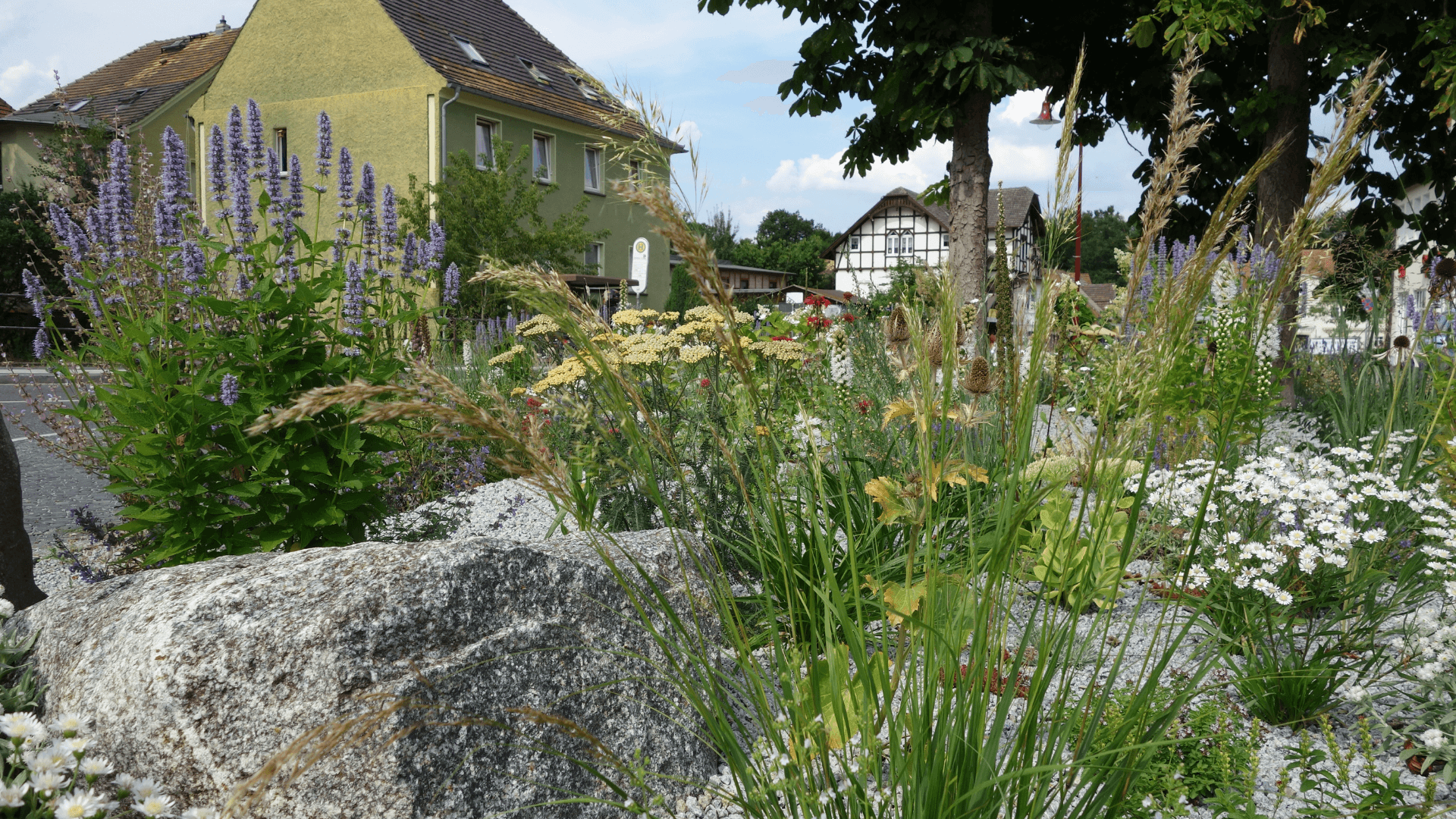
Why Should I Use Native Plants?
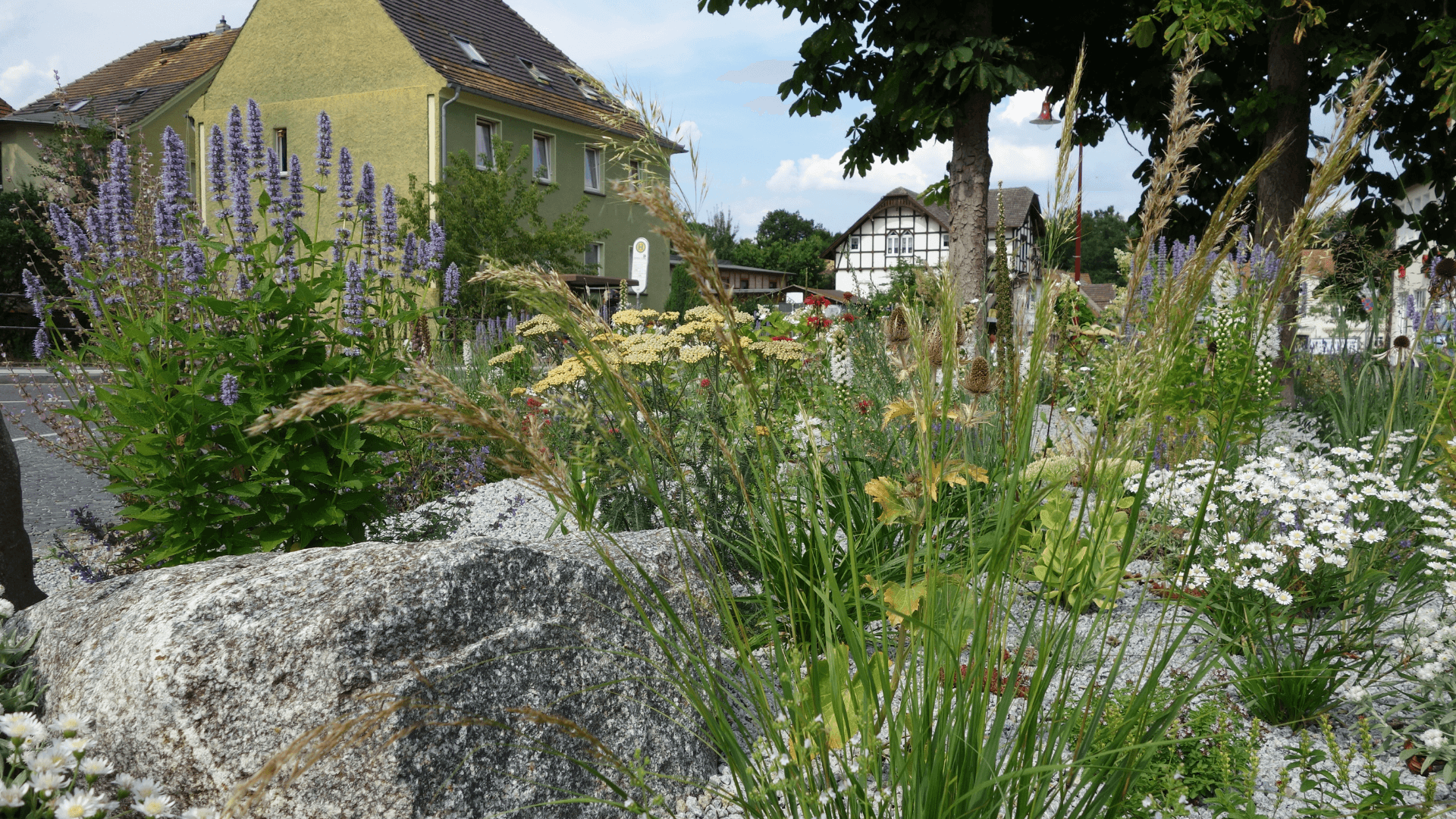
As the name suggests, water wise plants help to conserve water (which in turn lowers your water bill), survive even in times of drought, and are low-maintenance; they’re basically the homeowner’s dream plant!
The plants that grow wild outside are native to your region, so they need less babying to stay alive. That is why incorporating native plants into your landscape is so encouraged—especially in recent years where there have been such dry spells throughout the country.
Once native plants are established, they don’t need much extra water. They don’t need extra fertilizer. They don’t need special treatment! Just like their wild counterparts outside your neighborhood, they are adapted to your region. Incorporating native plants into your landscape will save time, energy, money, and water.
You can find registries of native plants at your local botanical garden or on the Simplyscapes plant database, and we encourage you to learn more about your specific growing climate so that you can become a Native Plant Expert!
How do I Shop for Water Wise Plants?
So you’re at your local nursery or plant shop and you know you want to leave with water wise plants, but you’re not sure how to find them. What do you look for? Well, aside from asking the employees for help, most water wise plants have a few identifying characteristics.
One of these characteristics is the presence of trichomes, or hairs on the leaves and surfaces of the plant. These hairs help reduce the amount of transpiration from the plant, as well as minimizing the amount of water that evaporates when in the wind. Often, very fuzzy or hairy plants are great at conserving water.
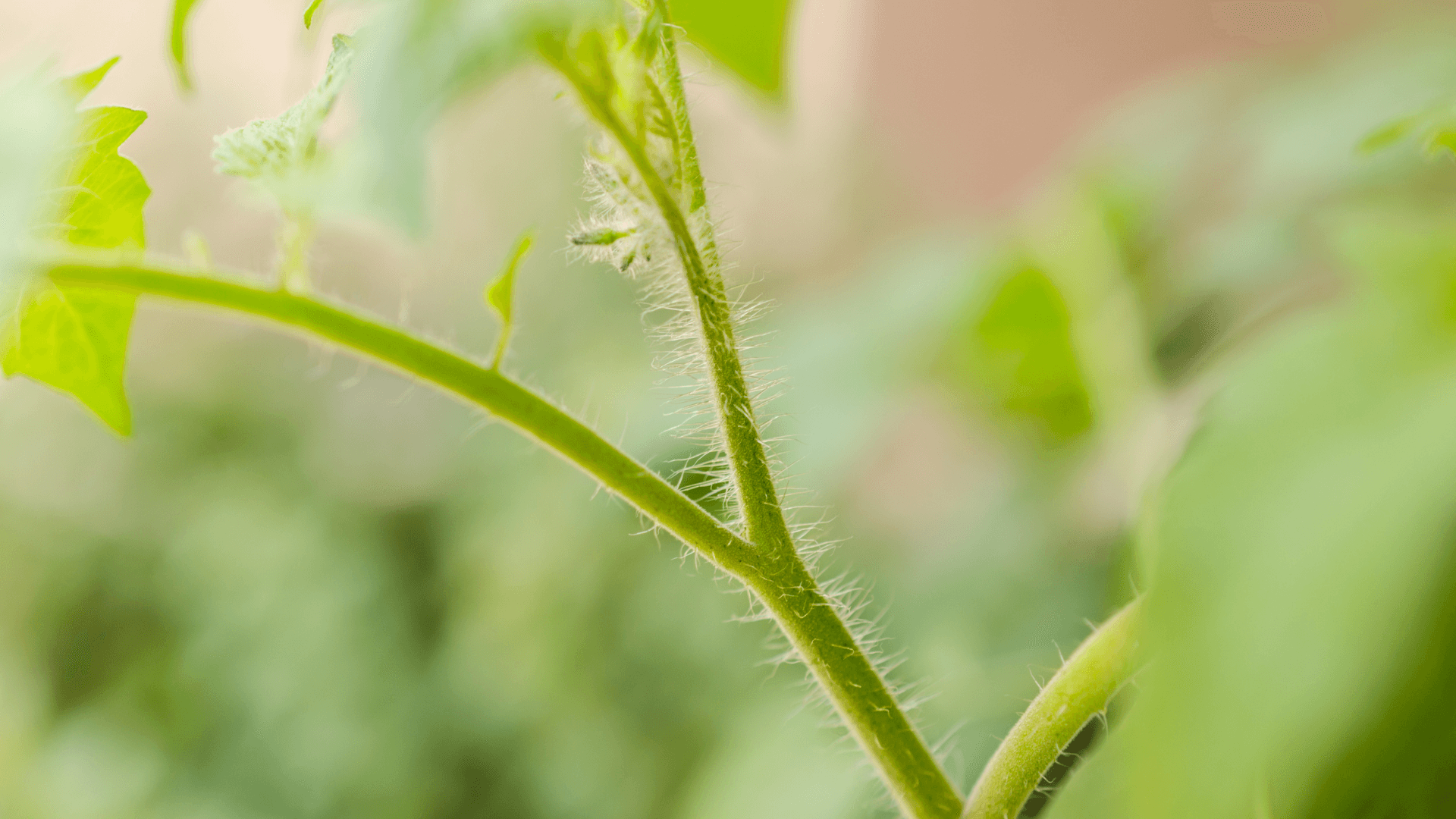
Another identifier is the color of the plant leaves—blue-gray, silver, or white colored plants are often water wise, as the silver color helps reflect sunlight and keep the plants cooler in high temperatures.

Small, waxy leaves are also typical for water wise plants. Water is lost rapidly from large, soft leaves. Tiny leaves with waxy surfaces are much better at holding water.
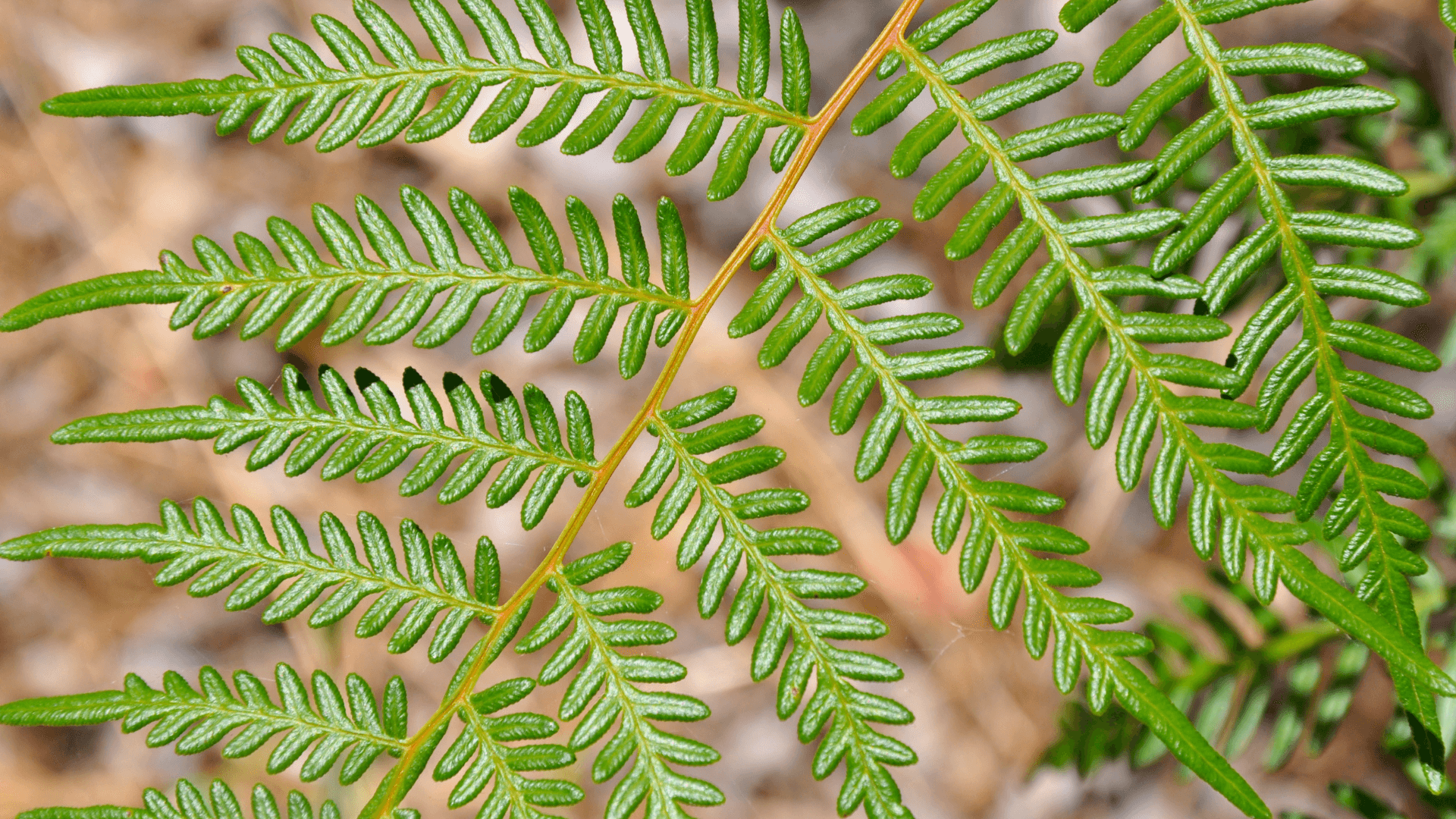
Reading plant labels in the nursery will also help you determine if a plant is water wise or not. Most labels contain information about the plant’s environmental requirements, including how often they need to be watered. There are a few different names for water wise plants too—look for the terms water wise, drought-resistant, drought-tolerant, and xeric.
Another method for seeking out plants that will do well in your yard during a drought is to look around your neighborhood. If your neighbors have plants that are still looking great after a dry spell or heat wave, find out the names of those plants! Generally speaking, if plants are doing great on the same street, with the same watering restrictions, they’ll do great in your yard as well.
Plants native that are native to dry, hot areas also have a high likelihood of being water wise. As long as they grow in your hardiness zone (which should be listed on plant labels), they probably have a lot to offer your yard in the water conservation department. Classic Mediterranean and high-desert plants are notorious for holding up well in dry, hot climates.
Last, the Simplyscapes Select app will help you to easily find plants that grow well in your climate, and purchase them online (currently available to Utah residents only).
What Makes Native Plants so Special?
It’s pretty amazing that these plants can often survive droughts when everything else you’ve planted seems to shrivel up and die. How do they make it through dry spells?
In addition to the water-saving characteristics mentioned above, many drought-tolerant plants send down deep taproots to seek out water beneath the surface. Others have water-storing capabilities, like cacti and succulents. Some grow from tubers or bulbs that retain water and energy.
Many water wise plants blossom during the wettest times of the year. Spring and fall usually receive the most rain, and that’s when you’ll find most of the drought-tolerant plants blooming. During the hot, dry summer, the plants have finished blooming, thus retaining the extra water and energy required to produce beautiful flowers.
These adaptations make them stronger and less reliant on frequent watering. They’ve spent life cycles adapting to your region and have evolved to need less water.
How do I Plant Water Wise Plants?
While drought-tolerant plants can handle dry and often hot weather, young transplants still need to be handled with care. Plant them in your landscape during cooler, wet seasons, like spring and fall. This gives them time to soak up water and energy to make it through the summer or winter, respectively.
Young plants need time to develop a secure root system. Throughout the first year of life, they’ll still need supplemental water. When it comes to watering, the best way is to water them deeply and to space your watering days out.
Giving them a little bit of water every day doesn’t do you any long-term favors. Giving them a good, deep soak, and then letting the soil dry out a little between waterings will encourage them to send roots down deeper into the soil, which will help them be stronger and prepare for dry times ahead.
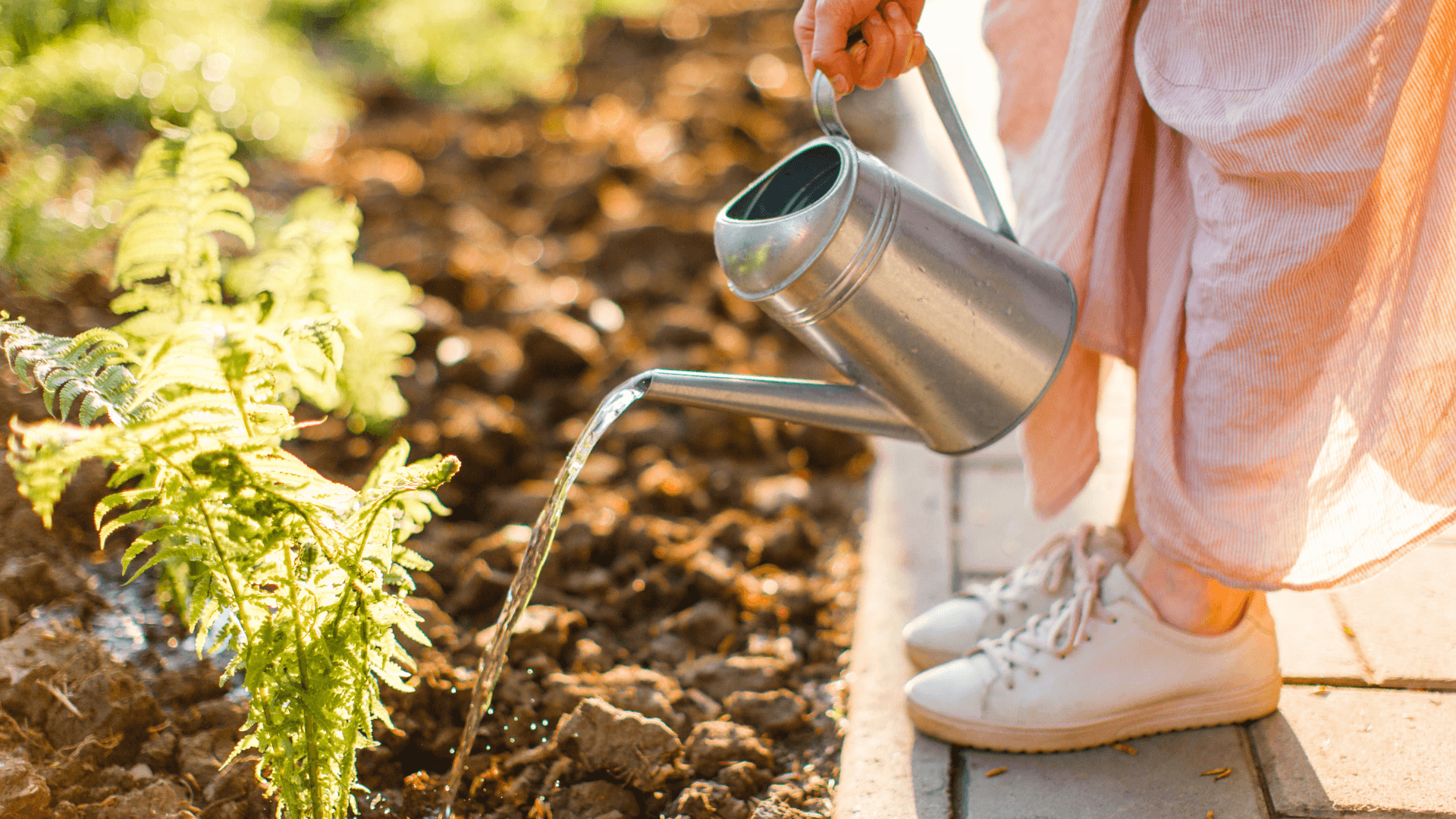
If you’ve planted them in a cooler season and given them healthy waterings for the first year of their life at your home, they’ll be more resilient in times of drought.
Water Wise Plants in Your Landscape
Swapping out some of your water-chugging exotic plants for drought-tolerant ones will help you save water and money, as well as spare you from wasting time and energy on excessive maintenance.
Shop local—find plants that are native to your region. (Using the Simplyscapes app, this is easier than ever!) Once established, these plants will prove to be among the easiest plants you’ve grown. Look for water wise characteristics in your plant selection.
After you bring them home, help them get established, then sit back and enjoy a gorgeous landscape, no matter what the weather brings (or doesn’t bring, for that matter).
Making the switch to water wise plants doesn’t mean you have to sacrifice any beauty in your landscape, either. The list of water wise plants is long and the plants are beautiful! Stay tuned for posts highlighting some of our favorites!
Do you have water wise plants in your landscape already or is this something you’re going to try this year? Let us know in the comments below!

